 |
 |
 |
http://www.varalaaru.com A Monthly Web Magazine for South Asian History [187 Issues] [1839 Articles] |
 |
 |
 |
http://www.varalaaru.com A Monthly Web Magazine for South Asian History [187 Issues] [1839 Articles] |
|
Issue No. 183
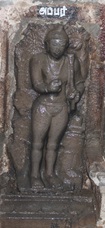
இதழ் 183 [ ஏப்ரல் 2025 ] 
இந்த இதழில்.. In this Issue.. 
|
Introduction The National Museum, a majestic building located on the corner of Janpath and Maulana Azad Road in New Delhi, proudly stands as a guardian of India's multifaceted and extensive historical and cultural heritage. The origins of this can be pinpointed to a significant international exhibition showcasing Indian art, which took place in London between the years 1947 and 1948. The exhibition's remarkable success led the Government of India to make the decision to establish a permanent institution for the purpose of celebrating and protecting the subcontinent's rich artistic and historical heritage. The museum, inaugurated by Shri C. Rajagopalachari on August 15th, 1949, began its operations within the Rashtrapati Bhavan before finally relocating to its own purpose-built, Neo-Classical structure in the year 1960. Showcasing a collection of almost 200,000 artifacts from the past 5,000 years, the museum stands today as a monument to history and culture, one of the largest and most comprehensive museums found in the Asia-Pacific region. Envision the scene: You stand before a magnificent sandstone building, its design a harmonious fusion of traditional Indian architectural styles and innovative modern features that produce a stunning visual effect. Intricate carvings and motifs adorn the building's façade, a breath-taking narrative woven from the threads of India's rich and storied past, beautifully depicted for all to see. The interior opens into a large rotunda whose dome is beautifully painted with celestial scenes that are directly taken from and inspired by the ancient Indian epics. Beams of sunlight penetrate the stained-glass windows, their light refracted into a dazzling array of colours that dance and shimmer across the highly polished surface of the marble flooring. 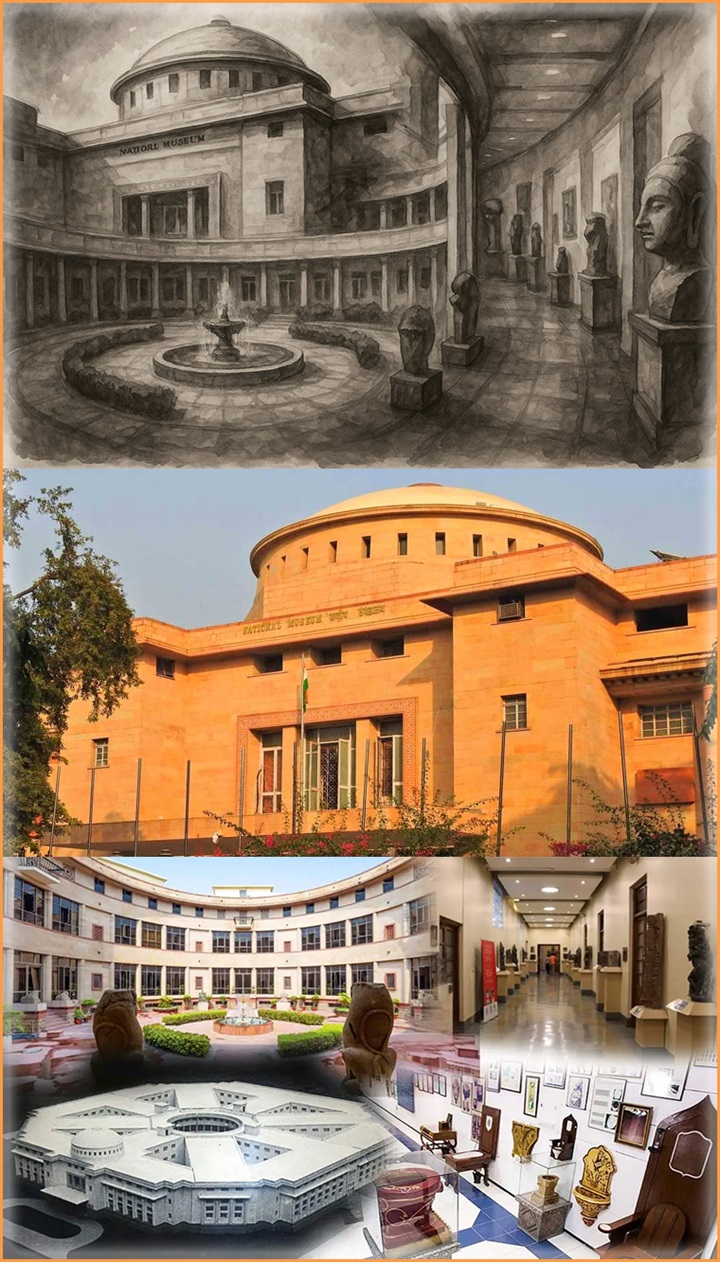 Each gallery within the museum offers a unique and immersive journey, transporting visitors through significant periods of history and artistic development. • The Harappan Gallery: The exhibit features incredibly detailed and life-sized dioramas of ancient Indus Valley cities, showcasing bustling marketplaces and exact replicas of artifacts including the famous Dancing Girl and Priest-King figurines. • The Mauryan Hall: The space is dominated by a large replica of an Ashokan pillar; the inscriptions are subtly illuminated by ambient lighting, creating a captivating display that brings the ancient edicts to life. • The Mughal Gallery: The walls were adorned with numerous miniature paintings which depicted court scenes, battles, and royal processions, all set against a backdrop of arches and domes that were inspired by Mughal architecture. • The Tribal Art Section: Showcasing the rich tapestry of art forms from India's indigenous communities, this vibrant space offers interactive installations alongside an ambient soundscape that seamlessly blends the rhythms of tribal music with the tranquillity of nature. In every area of the museum, holographic guides provide captivating narratives for each exhibit, while interactive touchscreens are available for visitors who wish to further investigate the historical background. The museum's gardens offer a tranquil escape, featuring a variety of sculptures and art installations placed throughout the outdoor space, which serves as a beautiful setting for visitors to contemplate and admire India's artistic heritage. 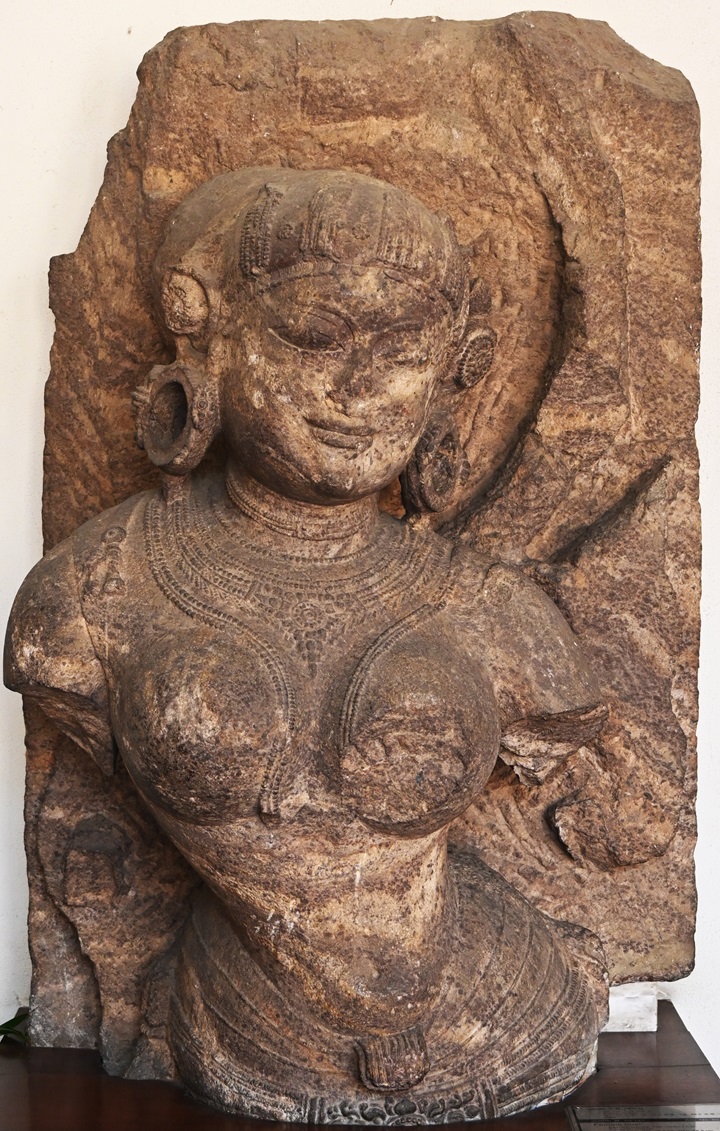 Vision and Mission With a mission focused on the preservation of our shared heritage, the National Museum actively works to gather, safeguard, explain, and share objects of historical, cultural, and artistic merit. More than just a repository for artefacts, this institution aspires to be a thriving hub of cultural exchange, cultivating national identity through its programs, promoting robust scholarly research in its field, and actively involving the public with innovative exhibitions and educational outreach programs designed to foster understanding and appreciation. 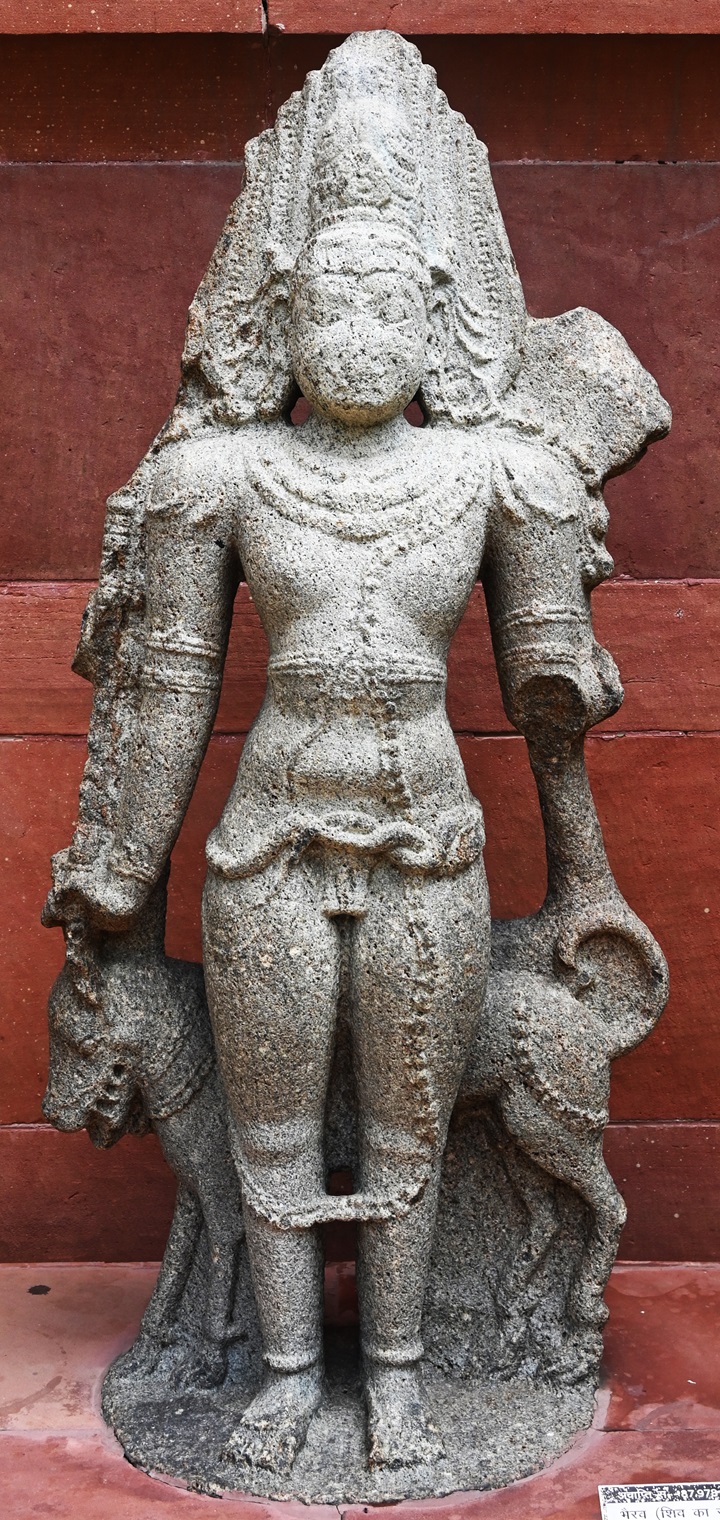 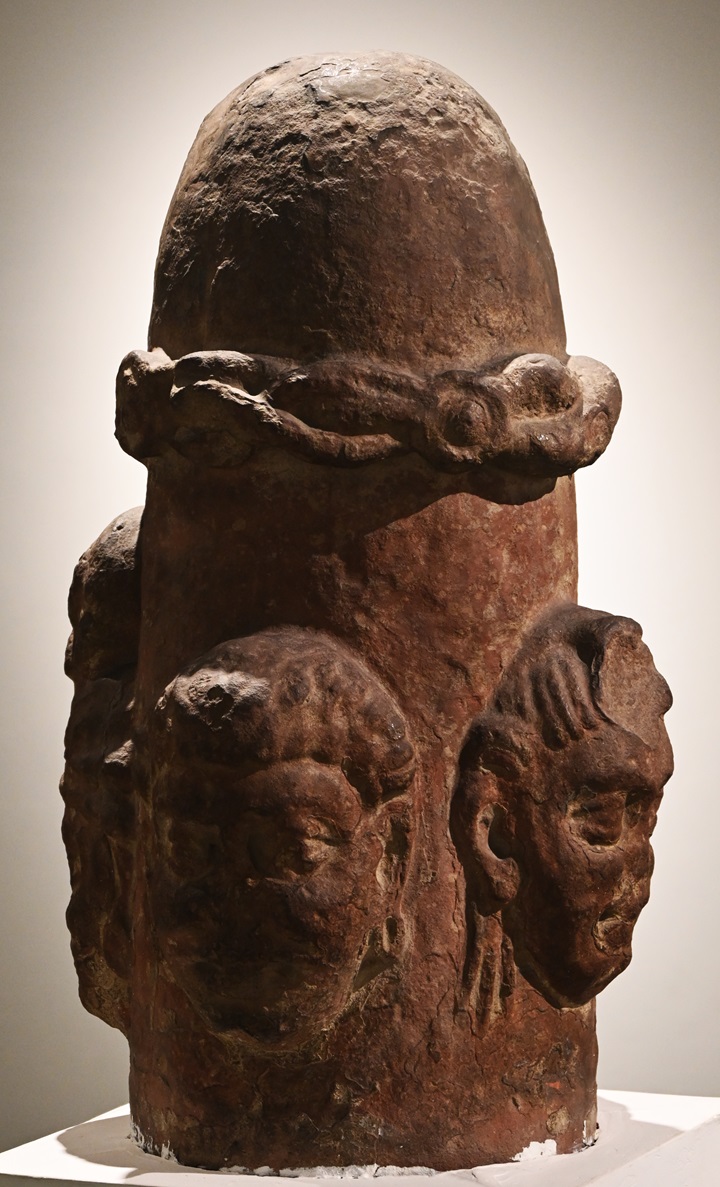  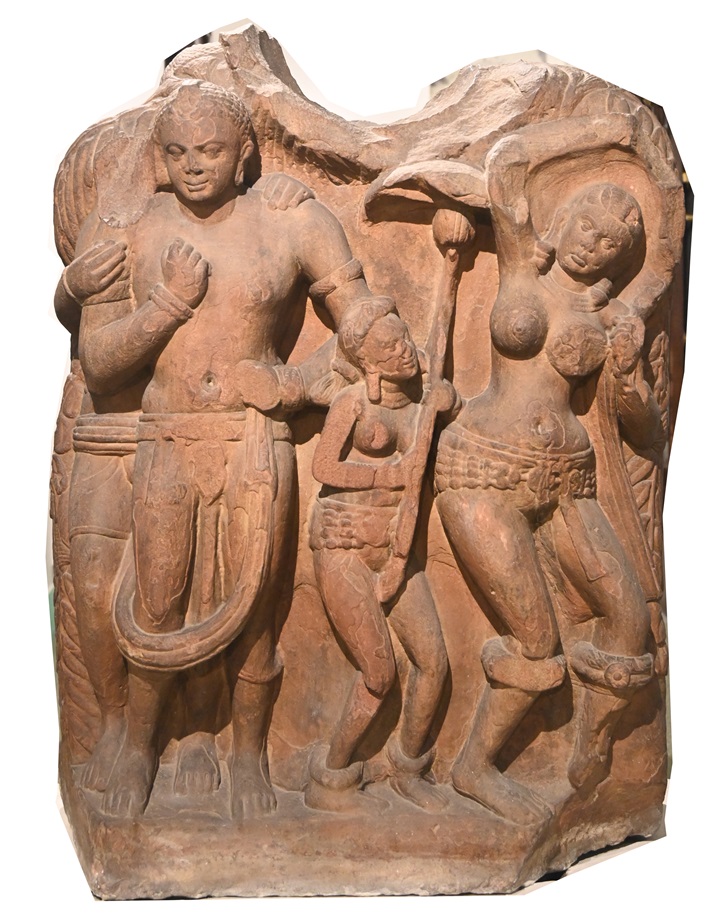 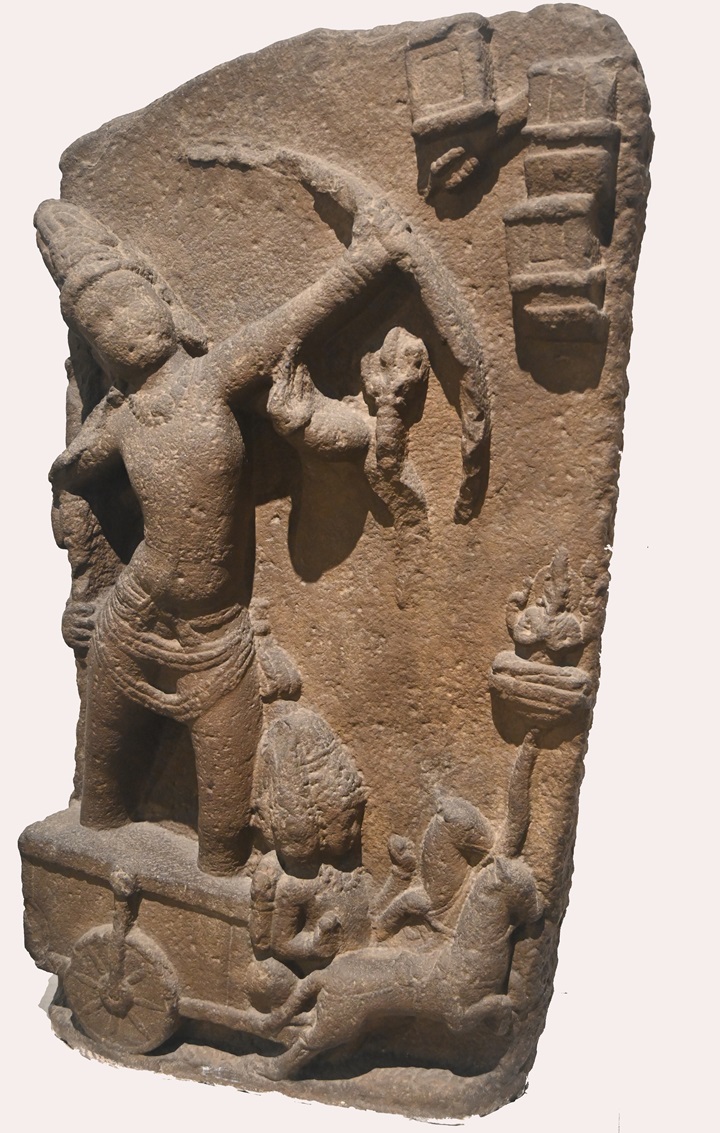 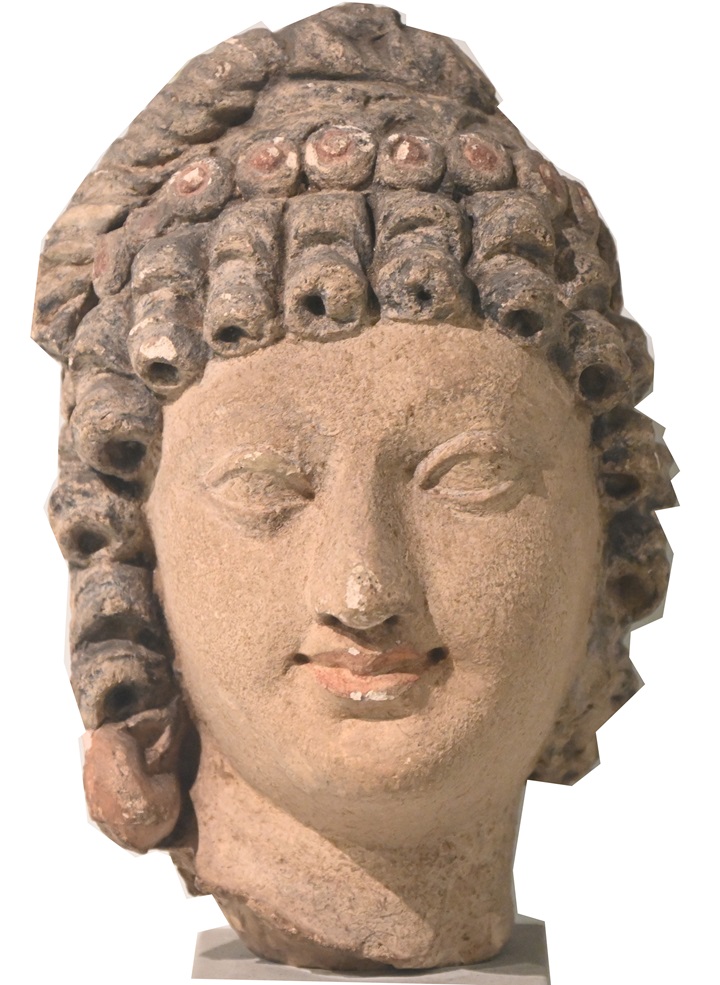  Collections and Exhibitions The museum's collection is displayed in a series of thoughtfully arranged thematic galleries, with each gallery focusing on a unique combination of historical period, geographical location, and artistic expression. Pre-History and Archaeology Spanning the Paleolithic and Neolithic eras, this gallery showcases a remarkable collection of artefacts, including Harappan seals and pottery, copper-hoard weapons, and the iconic Dancing Girl of Mohenjo-Daro, all of which serve to powerfully evoke the remarkable ingenuity and artistry of India’s earliest known civilizations. Archaeology Gallery Showcasing a remarkable collection of more than 9,000 sculptures, including iconic pieces such as the Surya from Konark and the Yaksha from Pithalkhora, this impressive hall offers a comprehensive journey through the history of Indian stone carving, spanning from the 3rd century BCE to the 19th century CE, meticulously tracing its evolution over the centuries. Maurya to Satavahana Art Showcasing a remarkable collection of terracotta and stone works, this section of the museum offers a fascinating exploration of early Buddhist monuments and folk-deity sculptures, representing the rich artistic traditions of the great dynasties of ancient India. Kushana to Ikṣvaku This collection showcases the convergence of Gandhara and Mathura sculptures with images of the Buddha and Jaina tirthankaras from the Iksvaku era, thereby providing a visual record of the expansive spread of religious art across the northern regions of India. Gupta Art Characterized by their aesthetic purity, the Gupta period is well-known for producing a variety of stunning art, including Nataraja bronzes, Vishnu sculptures, and terracotta panels which illustrate scenes from the epic Ramayana. Early and Late Medieval Art Showcasing a remarkable collection of Chola bronzes, Rashtrakuta plaques, and temple carvings from the Vijayanagara and Hoysala courts, this gallery offers a captivating celebration of the diverse and rich sculptural traditions of the region. Bronze Gallery Showcased here are South Indian bronzes, dating from the 7th to the 17th century, and these works of art—Nataraja, Krishna, and Bhairavi among them—illustrate the highest level of achievement in the fields of metallurgy and the creation of religious icons. Buddhist Art Encompassing the rich artistic heritage of Buddhism across Asia, this exhibition presents a diverse array of artefacts, from ancient Hinayana relics and majestic stupas to complex Vajrayana ritual objects and meticulously preserved manuscripts, thus documenting the religion's artistic evolution. Relic Caskets and Manuscripts Preserving the written heritage of medieval and Mughal India, this collection from Pip Rahwa includes reliquaries and rare codices written in a variety of languages such as Sanskrit, Persian, and various regional scripts. Numismatics and Epigraphy A vast collection, encompassing more than 118,000 coins, including Gupta gold and Mughal zodiac issues, along with 310 copper-plate inscriptions, provides a detailed and comprehensive record of India's economic and administrative history. Paintings Courtly life, epic narratives, and devotional themes are vividly depicted in the miniatures from the diverse artistic schools of Mughal, Rajasthani, Pahari, Decani, Jain, Tanjore, and Mysore, showcasing their unique styles and colour palettes. Arms and Armour An impressive seven thousand artefacts, ranging from swords and daggers to bows, shields, and firearms, meticulously chart the fascinating evolution of weaponry and military technology, spanning the history from ancient kingdoms to the colonial battlefields. Decorative Arts The refined craftsmanship of India’s decorative arts is stunningly showcased through a diverse collection of ivory carvings, intricately worked jade objects, beautiful woodwork, the distinctive metalwork of Bidriware, and exquisite glass artefacts. Central Asian Antiquities Through his excavations, Sir Aurel Stein unearthed murals, terracottas, and Kharosthi scrolls, thereby establishing a vital link between the artistic heritage of India and the artistic and cultural influences found along the Silk Road. Pre-Columbian and Non-Indian Art The museum's global outlook is strikingly evident in its collection, which boasts a surprising and extensive array of artefacts from South America, Indonesia, Persia, Flanders, and France. Jewellery Spanning centuries of artistry, from the intricate beadwork of the Indus Valley civilization to the dazzling gold and gemstone ornaments of the 20th century, this display tells the compelling story of India's unwavering and deeply ingrained love for personal ornamentation. Anthropology A collection of ten thousand ethnographic objects, including tribal textiles, ritual paraphernalia, and folk instruments, serves to illuminate both the unity and remarkable diversity characterizing the vibrant, living cultures of India. Education and Outreach Demonstrating a strong dedication to public engagement, the museum actively works to involve the community through guided tours, educational lectures, interactive workshops, and engaging film screenings. In an effort to foster deeper connections with India’s heritage, they have developed specialized programs that cater to the unique needs of schools, scholars, and community groups. Photography and Modelling Housed within the museum's dedicated photography studio, every artifact receives painstaking documentation, while concurrently, the museum's expert modeling unit meticulously creates exact replicas of important sculptures and architectural fragments, all in support of crucial educational programs and research projects that further our understanding of history and art. Publications Many publications, such as numerous award-winning guidebooks, research journals, exhibition catalogues, and brochures, combine their efforts to disseminate ground-breaking scholarly findings to a diverse audience, including both specialists and those without specialized knowledge in the field. Conservation Laboratory Utilizing state-of-the-art tools and techniques, the dedicated conservation team meticulously undertakes the complex restoration of a diverse range of artefacts, including oil paintings, stone sculptures, delicate murals, and valuable textiles, thus safeguarding these irreplaceable cultural treasures for the enjoyment and appreciation of future generations. Conclusion The National Museum in New Delhi is not merely a static repository; rather, it dynamically safeguards India’s historical legacy and serves as a powerful catalyst, promoting and enriching cultural dialogue and understanding. With its enormous collections, dynamic programs, and extensive scholarly resources, the institution remains a source of national pride, encouraging academic exploration, and creating connections for millions of visitors who engage with the enduring heritage of Indian civilization. |

சிறப்பிதழ்கள் Special Issues 

புகைப்படத் தொகுப்பு Photo Gallery 
|
| (C) 2004, varalaaru.com. All articles are copyrighted to respective authors. Unauthorized reproduction of any article, image or audio/video contents published here, without the prior approval of the authors or varalaaru.com are strictly prohibited. | ||